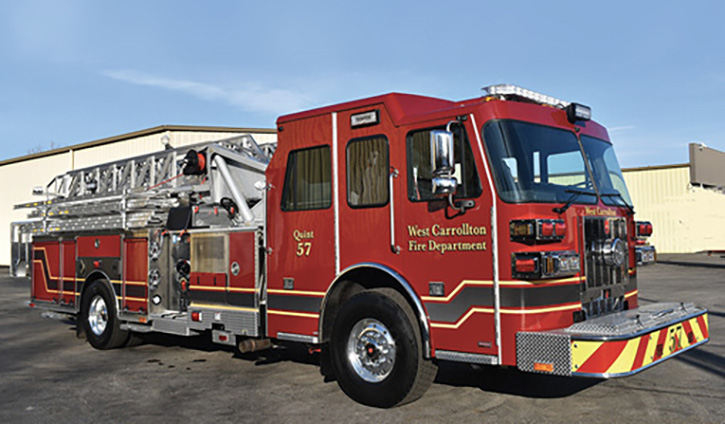
By Todd LeDuc
This week I had the distinct honor of hosting a webinar with several partners that joined me to kick off National Heart Month and discussing cardiovascular heat stress, cardiac events, and enhanced early detection. As part of the webinar, the organizer polled several hundred attendees on two questions to determine the lay of the land attendees’ departments. Not surprisingly, when asked if their department had a formal fleet/apparatus preventative maintenance program, close to 100 percent responded in the affirmative. Again, and unfortunately not surprisingly, attendees were asked if their departments provided mandatory annual physicals according to National Fire Protection Association (NFPA) Standard 1582, Standard on Comprehensive Occupational Medical Program for Fire Departments. Only 50 percent answered in the affirmative.
This really resonated with me, as it likely did with other attendees. However, it should come as no surprise to members of the fire service since the most recent NFPA fire service needs assessment found that 73 percent of United States fire departments have no formalized health and wellness program. Additionally, surveys published by the International Association of Fire Chiefs (IAFC) in 2016 demonstrated much worked needed to be done for all departments to be providing at minimum NFPA 1582 physicals. In fact, the results showed only 38 percent of respondents on the career side and 37 percent on the volunteer side were providing NFPA 1582-compliant physicals. Those numbers are higher when asked if the received any type of an exam and not necessarily an occupational specific.
RELATED
Mayday Monday: Firefighters and Cardiac Health
The question becomes: why are we investing in many cases more in our apparatus and fleet than we sometimes do in our personnel’s health and wellness? I assume there are many aspects to this question, but it is important to note that when aiming to reduce occupational health risk a total worker health approach is warranted for optimized results and outcomes. NFPA 1500, Standard on Fire Department Occupational Safety, Health, and Wellness Program, addresses many of the elements of implementation of such a program.
When we discuss fire service occupational health risks such as cardiovascular, metabolic syndrome, occupational cancer, and behavioral health, having a holistic program in place is a foundational element of reducing that risk. These elements include but are not limited to nutrition education and support, physical conditioning and fitness, weight management, health sleep awareness, stress reduction, hydration and behavioral wellness support. All the elements that are needed to function health and wellness, both physical and mental. That same 2016 survey research published by the IAFC reported only 15 percent of career departments and four percent of volunteer departments reported having implemented the IAFC/International Association of Fire Fighters Wellness Fitness Initiative as an excellent roadmap to their wellness program.
Give the need for great emphasis on our personnel health and wellness, it should be clear that until such time that we at least co-balance the prioritization we seem to place on our fleet, departments will continue to struggle with occupational health outcomes that can be improved upon. So where do we go from here? The IAFC has an excellent document that was produced by its Safety, Health & Survival Section and is currently being updated by the First Responder Center of Excellence. The Emergency Services Roadmap to Health & Wellness is an excellent tool to assist you and your department in getting started. Additionally, get your department started on the path to providing its members with annual NFPA 1582-compliant physicals by a provider that focuses on firefighter occupational health and early detection.

Todd J. LeDuc, MS, CFO, FIFirE, retired after nearly 30 years as assistant fire chief of Broward County, Florida, an internationally accredited career metro department. He served as chief strategy officer for Life Scan Wellness Centers, a national provider of comprehensive physicals and early detection exams. He has served as a member of the International Association of Fire Chief’s Safety, Health & Survival Section for over a decade and is currently secretary of the section. He is a peer reviewer for both professional credentialing and agency accreditation. He is editor of Surviving the Fire Service (Fire Engineering Books) and serves on numerous advisory boards and publications. He can be contacted at Todd. LeDuc@lifescanwellness.com

